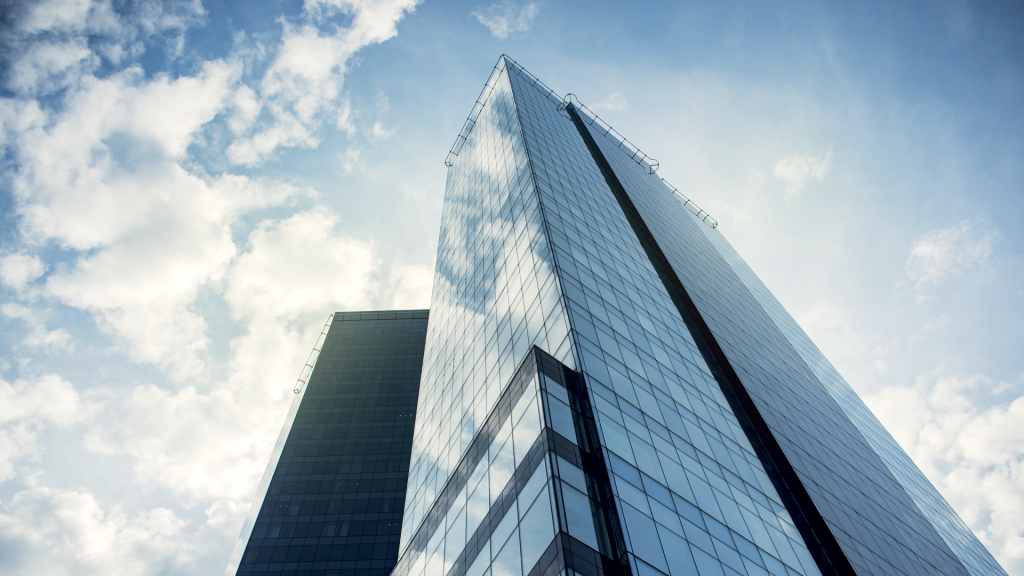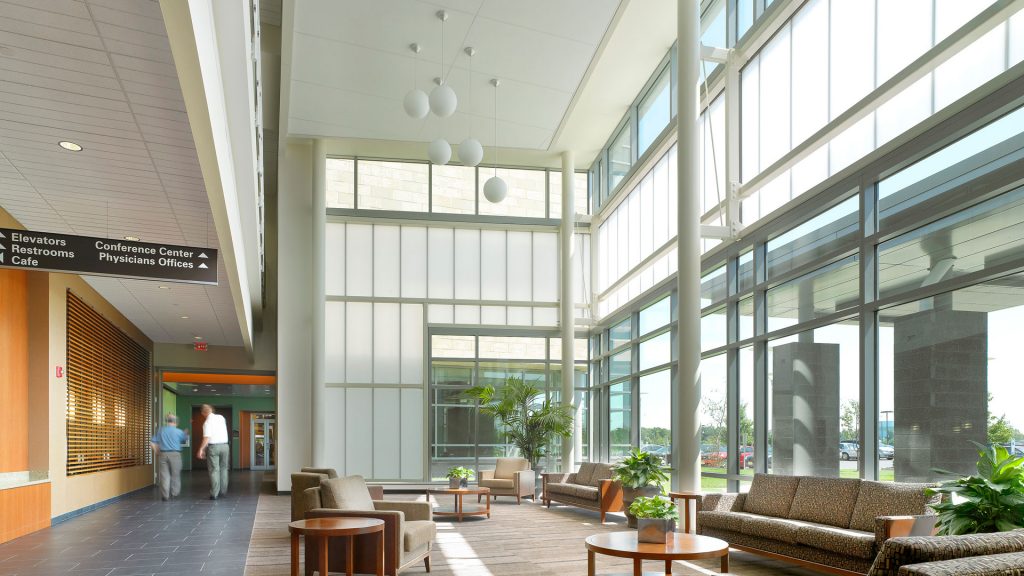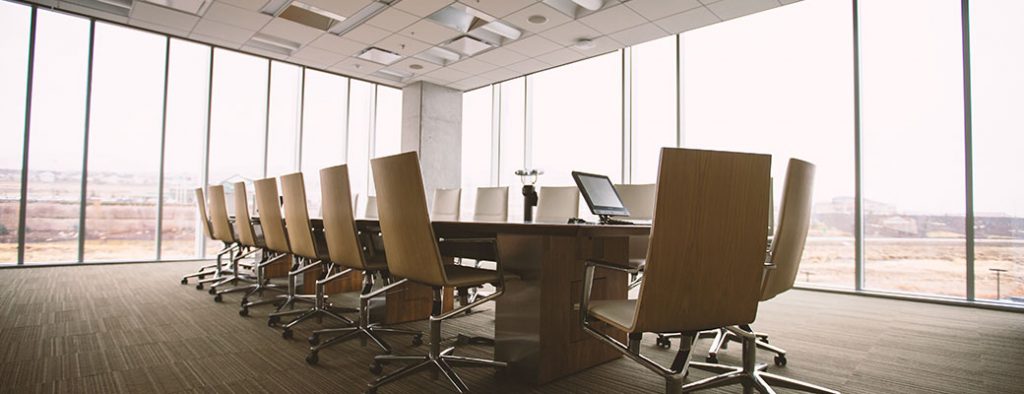
Daylight costs nothing, and adds considerably less heat to a space than the equivalent amount of illumination from electric lights.
Solar Heat Gain
Skylight save energy by providing adequate daylight illumination in buildings so that electric lights can be turned off when they are not needed.By reducing the amount of heat contributed to a building by electric lighting, skylight can also significantly reduce the need for cooling.
Solar Heat Gain Coefficient (SHGC) measures how much heat from the sun is blocked and is expressed as a number between 0 and 1. The lower the SHGC, the more a product is blocking solar heat gain.In hot Southern climates, a lower SGHC is particularly important during the summer cooling season.
In Northern climates, a higher SGHC may be desired to lessen the cost of heating during the cold winter months.
Heat Loss
Skylight can potentially also increase heating loads by allowing more heat to escape through the roof and increase cooling loads by letting more of the sun’s heat enter a building. The optimum balance of light and cooling savings versus increased needs for heating or cooling is a function of the building design, the building operation, and the local climate conditions.
When discussing U-value, we are mainly concerned with the heat losses in winter, because for most parts of the country, the difference between outside winter temperatures and normal inside temperatures are so much greater than those in the summer. Considering U-value only to estimate summer thermal transmittance will overestimate this component of heat gain because in the summer, the stratified air rises and is trapped in the light well. This stratified air acts like a blanket, insulating somewhat against heat transfer.
The Potential Energy Savings are Substantial
For example, the potential savings for a few typical buildings in the Los Angeles area were calculated using 1998 energy costs, weather conditions from the San Bernardino Valley, and many default assumptions. An average grocery store might save about $16,000 per year in operating costs, or $0.32 per square foot with the use of an appropriately sized skylighting system. A typical elementary school might save about $7,500 per year in operating costs, or $0.23 per square foot. An industrial processing and distribution center might save about $0.12 per square foot.
These numbers vary considerably, based on building design, operation, climate location, and energy costs. Given these variables, the value of savings from skylighting might reasonably be expected to vary from a high of about $0.75 per square foot for air-conditioned buildings with intensive lighting use, and a low of $0.05 per square foot for unconditioned buildings with low lighting requirements (for 1998 energy prices).
Resources
Energy Savings
- Energy Savings from Daylighting: A Controlled Experiment
This report presents the results of an experiment conducted at the Energy Resource Station near Des Moines, Iowa in two sets of identical rooms with independent lighting and HVAC delivery systems. - How Much Energy Do Different Toplighting Strategies Save?
This study examines the impacts of a variety of toplighting strategies and glazing types on the total energy loads for a prototypical open office space in different climates. - Grocery Store 50% Energy Savings
By the Commercial Buildings Group at NREL
KLA Product Data Sheets
- QuadSpan™ U Values
QuadSpan™ U-factor rating per NFRC - QuadSpan™
Colors, Solar & Thermal Performance (VT, SHGC, U-Factor) - Solaquad Performance Data
The position of the SolaBlades® in relation to the sun determines the amount of sunlight and heat gain transmitted through the panel. - PentaClad12
Translucent Panel Colors, Solar & Thermal Performance (VT, SHGC, U-Factor) - PentaClad16
Translucent Panel Colors, Solar & Thermal Performance (VT, SHGC, U-Factor)





